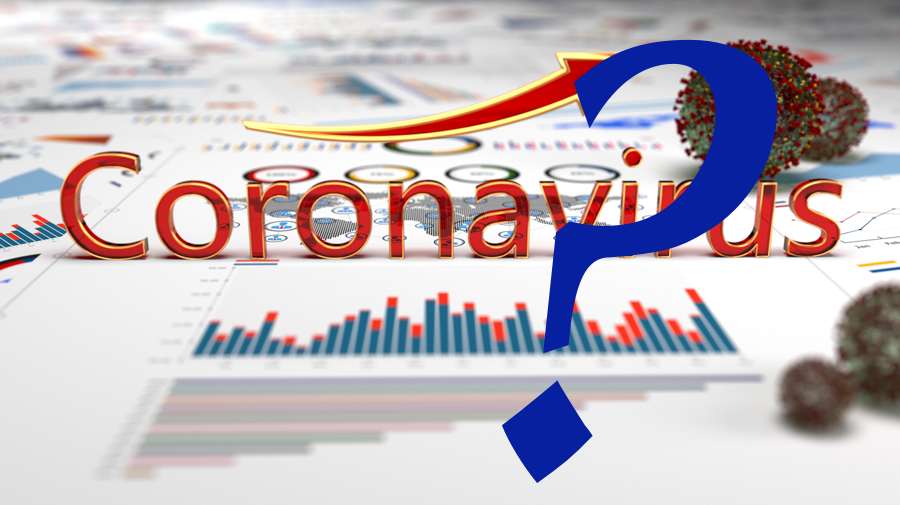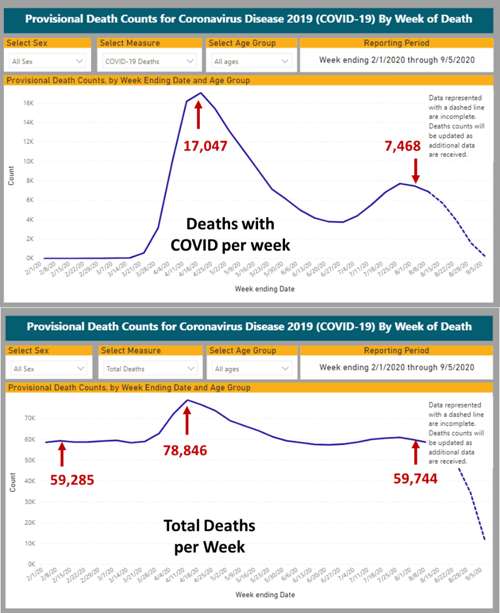Developing Your Own Bogus-Science Detector, Part 3: False Facts and How to Find Them

In our expert-driven society, understanding when to trust the science and when the science is lying to you is essential for any responsible citizen, and especially for Christians. This four-part series sets forth seven principles to help you spot bogus science without becoming overly skeptical in the process. So far, we’ve covered three guidelines. Fire up your Bunsen burner and top off those flasks as we distill principles #4 and #5 in our third installment.
Who pays for science, and what effect does that have? Quite a bit.
According to the National Science Foundation (NSF), government funding (i.e. taxpayers) provides about 60% of all research dollars supplied to academia. Despite exorbitant tuition and large endowments, universities themselves account for only 25%. Business funding of academic research is tied with nonprofit organizations at about 6% each.
The unglamorous consequence is that professors spend a large portion of their time applying for government grants. Less than 30% of the grant applications the NSF receives end up being funded, leading to a cutthroat fight for research dollars.
Paid to Get Results
Scientists know their grants have a better chance of acceptance if they are aligned with the goals of government organizations. Of these, the largest federal “three-letter” agencies — NSF, DOE, NIH, DOD — are run by appointed bureaucrats who must in turn lobby for funding from Congress. As such, these bodies are inherently political — they always keep their finger to the wind.
Scientists are people, with families, mortgages, 401ks, and car payments. In the university environment, their career advancement depends heavily on how often they get published in academic journals, which puts them under immense pressure to produce results.
Research costs hundreds of thousands of dollars each year — money spent on lab equipment, hiring graduate students, conference attendance, even supplementing scientists’ base salaries. And these funds must largely be raised by the scientist.
So a scientist’s best chance for securing funding — and remaining employed — is to tie research proposals to the hot topic of the day. No matter how tenuous the link, therefore, a huge number of grant proposals refer to climate change or racial equity, in hope that these billion-dollar buzzwords can secure funding.
Paid to Support the Narrative
Researchers in fields completely unrelated to climatology have blamed climate change for everything from bovine infertility to an upswing in UFO sightings in the UK. A problem must be found, otherwise, additional research funding could not be justified.
On the flip side, conclusions that run counter to the prevailing narrative can cost a scientist his or her career. In physics, it is acceptable to propose exotic alternatives even to bedrock theories such as Newton’s laws of motion. But to question global warming, evolution, or transgender ideology is to put oneself out of a job at most secular institutions these days.
Please Support The Stream: Equipping Christians to Think Clearly About the Political, Economic, and Moral Issues of Our Day.
Dissenters tend to work at think tanks, religious universities, or private-sector businesses that do not depend on big government dollars. The few nonconforming scientists who survive at mainstream universities are usually emeritus (i.e. retired) professors or are too well-known to cancel without causing a PR firestorm.
This powerful set of incentives and disincentives is one factor to explain why nearly all experts from academia publish left-leaning or non-Christian viewpoints. Doing otherwise would mean not being paid.
But how does bias practically work? After all, any serious scientist will attempt to back up his or her theories with real-world data. Even though interpretations are subject to bias, surely data must be trustworthy? Let’s examine the effect of bias on data selection in Principle #5.
Data Deviousness and Cherry Picking
“Figures never lie, but liars always figure.”
Those lab-coat-clad experts on TV are quick to trot out bar charts, line graphs, or survey results to back up their claims. Using the principles discussed previously, you may become convinced that the expert is wrong. Actually proving that, however, may require a deep dive into the data. That includes asking whether the facts themselves might be wrong.
That’s not as impossible as it might sound. It doesn’t require wholesale fraud, either. Scientists often work from individual data points that encapsulate a tiny portion of reality. By manipulating the way data is sample, grouped, truncated, or scaled, a scientist can shape its evidence to fit a desired narrative.
Let’s look at two examples from the COVID-19 era: death totals and school mask mandates. Here we can see data manipulation being elevated to an art form to an art form.
Keeping COVID Scary
In 2020, news networks displayed terrifying charts showing a skyrocketing COVID death toll. These charts nearly always displayed the cumulative deaths over time, which eventually climbed into the hundreds of thousands. Of course, cumulative amounts of anything will always increase. Charting it that way lent to the impression of a raging pandemic that refused to slow down.
Meanwhile, contrary to all this apocalyptic coverage, my local hospital was never full, funeral homes were never overloaded, and I never saw bodies being carted away in the streets.
Curious about this mismatch, I dug into the data. We know now that fatality numbers were overcounted by 30%. Even apart from that, the CDC’s own data provided something missing from the mainstream media accounts: context.
The upper chart you see here shows the CDC’s count of COVID deaths per week, which peaked in late April 2020. Although rates had decreased by August, a secondary peak appeared to be occurring then. The lower chart shows total deaths in America, not just COVID casualties. By plotting that chart, I found that death rates in August 2020 had returned to pre-pandemic levels. There was no evidence of people dying in large numbers. In other words, by the fall of 2020, the pandemic’s dangerous phase had come to an end.
The media reported fatality numbers without bothering to explain that approximately 2.8 million Americans die every year, on average. While 350,000 Americans were reported to have died from COVID in 2020, that was still 250,000 less than the number who succumbed to cancer that year alone.
COVID’s risks for individuals were grossly exaggerated in the years that followed. By 2021 the virus had mutated into less severe but more contagious strains. So media outlets stopped focusing on fatalities and instead led with case numbers. In 2022, after many people got tired of being tested and case numbers were low, the media switched to reporting the percent increase in case numbers.
Mask Mandates’ Unreasonable Reasons
Those are just a few ways in which data can be manipulated. What to do, though, when there is no way at all to use existing data to support your hypothesis? In 2021, with the public frustrated over senseless COVID restrictions, the CDC was faced with this very dilemma. Parents were tired of their children being forced to wear masks in schools. There was no scientific data whatsoever to prove that it helped prevent COVID transmission.
So to bolster its masking dogma, the CDC cherry-picked data on COVID cases vs. masking from a small number of schools in Arizona during the summer of 2021. This study ostensibly showed vastly decreased COVID cases in schools with forced masking. Administrators used it widely to justify renewing mask mandates.
Unfortunately for the CDC, the research was so flawed, it drew critique even from left-wing news outlets. Sure enough, a follow-up 2022 study published in The Lancet showed that when a larger sample set over a longer duration was considered, no such benefit existed. Mask mandates in schools did nothing to prevent COVID transmission.
Scientific Sneakiness
How did the CDC get the result it wanted? By collecting data in unusual circumstances from a small sample that had several hidden, confounding variables. Or in laymen’s terms, scientific sneakiness.
Whenever truth is not the goal of science, it leads to bad places. Tragically, this badness isn’t confined to the realm of abstract theories but can destroy lives and societies.
In the final installment of this series, we’ll discuss evaluating scientific theories by their consequences and treating modern science with the right dosage of respect and skepticism.
Brandon Aldinger is a chemist with a doctoral degree who works in an industrial research laboratory. He’s had lifelong interest in issues of science and faith, and he is passionate about training fellow Christians to think clearly about and stand firm on their beliefs within a hostile culture.



